India-China Economic Relations Grow in Volatile Global Dynamics
India – China build hold complementarities
India and China hold significant complementarities as partners rather than opponents. Both sides emphasize mutual respect, sensitivity, and interest as guiding principles, while acknowledging that differences should not escalate into disputes. Through high-level visits and diplomatic exchanges, the two nations are building trust and cooperation.
Recent bilateral breakthroughs include agreements to resume direct flights suspended since COVID-19, reopen designated border trade points, and facilitate business visas. China has also assured India of steady supplies of fertilizers, rare earths, and tunnel-boring machines which are vital resources for India’s infrastructure and energy projects. These steps mark a pragmatic shift toward strengthening economic cooperation.
Indian Prime Minister Mr. Narendra Modi’s upcoming visit to Tianjin for the Shanghai Cooperation Organisation (SCO) summit reflectsstrong momentum in the bilateral relations trajectory between India and China. For India, the SCO provides diversification of partnerships at a time when ties with the US face uncertainty. For China, engaging India within Eurasian platforms helps consolidate its leadership role while preventing Indiafrom aligning too closely with US.
India-China growing trade trajectory
India–China trade has grown significantly from USD 81.7 billion in 2019–20 to a projected USD 127.7billion in 2024–25. This expansion demonstrates strong economic engagement despite political tensions and global uncertainties.
A key feature of this strong bilateral trade trajectory is India’s high imports of Chinese machinery, electronics, chemicals, and industrial inputs. The surge in trade during the pandemic years revealed China’s crucial role in supplying pharmaceutical ingredients, medical equipment, and digital hardware. Overall, India–China trade relations remain characterized by rising trade volumes.
India-China bilateral trade
|
India-China Trade (USD Billion) |
|||
|
Year |
Exports |
Imports |
Total Trade |
|
2019-20 |
16.5 |
65.2 |
81.7 |
|
2020-21 |
21.5 |
94.5 |
116.0 |
|
2021-22 |
21.2 |
94.5 |
116.7 |
|
2022-23 |
15.3 |
98.5 |
113.8 |
|
2023-24 |
16.5 |
101.7 |
118.2 |
|
2024-25 |
14,2 |
113.4 |
127.7 |
Source : Ministry of Commerce, Government of India
India’s exports to China are diverse and reflecting the complementary nature of their economies. Mineral products, particularly iron ore, form one of the largest export items, catering to China’s massive steel industry. Organic chemicals and pharmaceutical ingredients are also significant, with India supplying bulk drugs and intermediates that feed into China’s pharmaceutical and chemical industries. Agricultural products such as cotton, rice, and marine goodscontribute notably to exports, tapping into China’s demand for food security and raw materials for its textile sector.
Additionally, gems and precious stones feature prominently, with India exporting polished diamonds and related items. Despite these strengths, India’s export base to China remains relatively narrow compared to imports. Strengthening sectors like information technology services, pharmaceuticals, and ago-processing could help India expand its export basket and gradually reduce the trade deficit with China.
India’s imports from China are extensive, diverse, and central to its industrial and consumer sectors, reflecting the deep integration of Chinese goods into India’s economy. The largest category compriseselectronics, electrical machinery and equipment,including smartphones, laptops, telecommunications hardware, and power generation equipment, which together account for a substantial share of imports. Industrial machinery, ranging from engineering tools to textile machinery, also forms a critical import segment, supporting India’s manufacturing growth.
Another major area is chemicals and fertilizers, including active pharmaceutical ingredients (APIs), essential for India’s vast pharmaceutical industry. Imports of automobile components and solar photovoltaic cells and modules further highlight India’s reliance on China for cost-effective inputs in its automotive and renewable energy sectors.Consumer goods such as toys, household electronics, and textiles add to the volume. China will remain India’s dominant source for critical imports driving growth across industries.
India–China bilateral investments have grown steadily over the past two decades, though they remain modest compared to the scale of bilateral trade. Chinese investments in India have been largely concentrated in the technology, infrastructure, and manufacturing sectors. Before regulatory tightening in 2020, several Chinese technology firms and venture capital funds actively invested in Indian startups, particularly in e-commerce, fintech, ride-hailing, and mobile applications.
Companies like Alibaba, Tencent, and Xiaomi were notable investors, contributing to India’s digital ecosystem. On the other hand, Chinese firms have also participated in industrial parks, automobile components, renewable energy, and telecom equipment manufacturing. Indian investments in China are mainly directed towards pharmaceuticals, IT services, and automotive industries, reflecting India’s strengths in these sectors. Strengthening investment linkages, alongside trade, could help both economies leverage complementarities, with India offering a large consumer market and skilled workforce, while China provides advanced manufacturing and cost advantages.
Looking ahead, India’s growing consumer base, digital transformation, and push for renewable energy create vast investment avenues where Chinese expertise in manufacturing, green technologies, and digital hardware could play a role. Similarly, India’s strengths in IT services, pharmaceuticals, and innovation-driven sectors can find opportunities in China’s expanding healthcare and technology markets.
Conclusion: toward pragmatic coexistence
India–China relations in 2025 are compelled by global uncertainties. Merchandise trade between the two nations has expanded impressively, crossing USD 127 billion in 2024-25. On the investment front, Chinese capital in technology, infrastructure, and manufacturing has strengthened India’s growth trajectory.
Looking forward, collaboration in green energy, electric mobility, and digital technologies could provide fresh momentum. The future of India–China ties will hinge on their ability to balance competition with selective cooperation.
Recommended
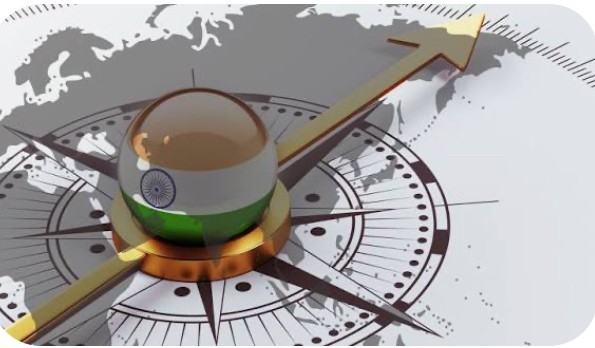 World
World
India’s package for exporters signals confidence in Southeast Asia markets
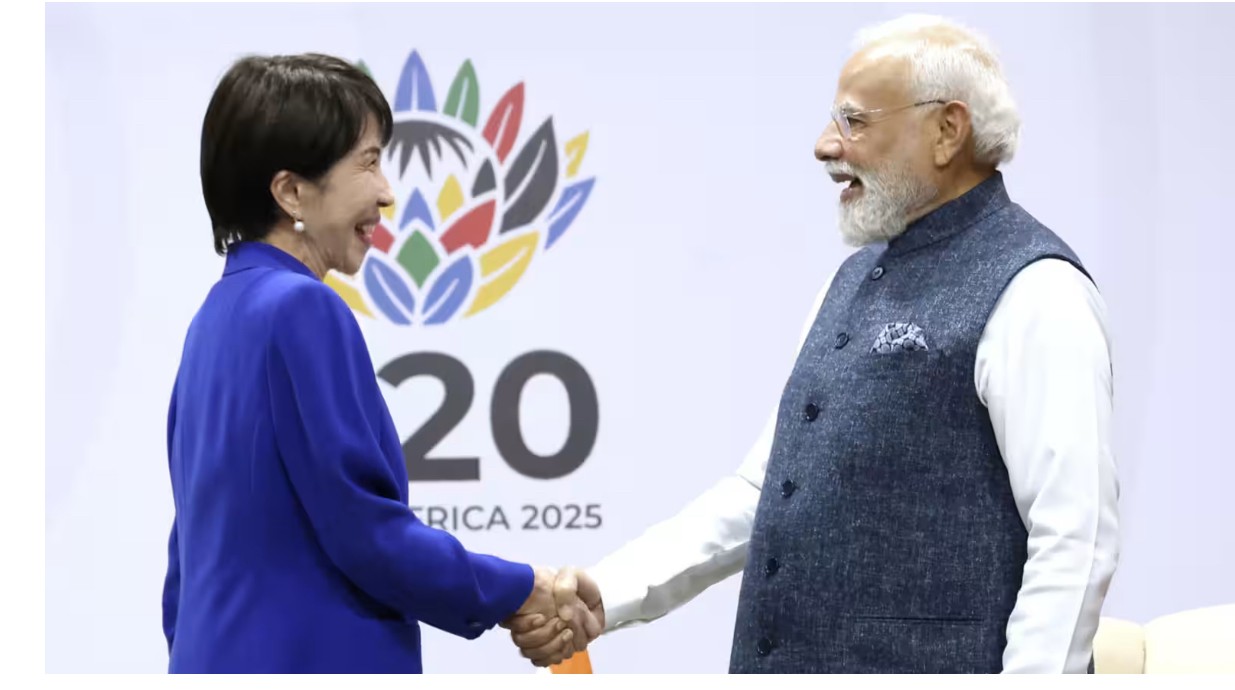 World
World
Japanese PM Sanae Takaichi and Indian PM Narendra Modi agree to deepen Japan-India cooperation
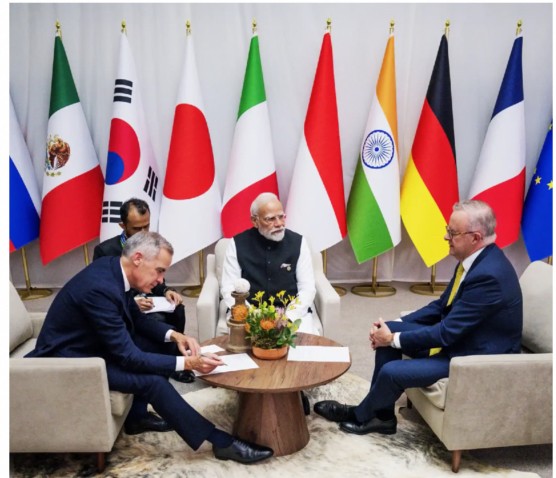 World
World
Australia, Canada, India Enhance Cooperation in Technology
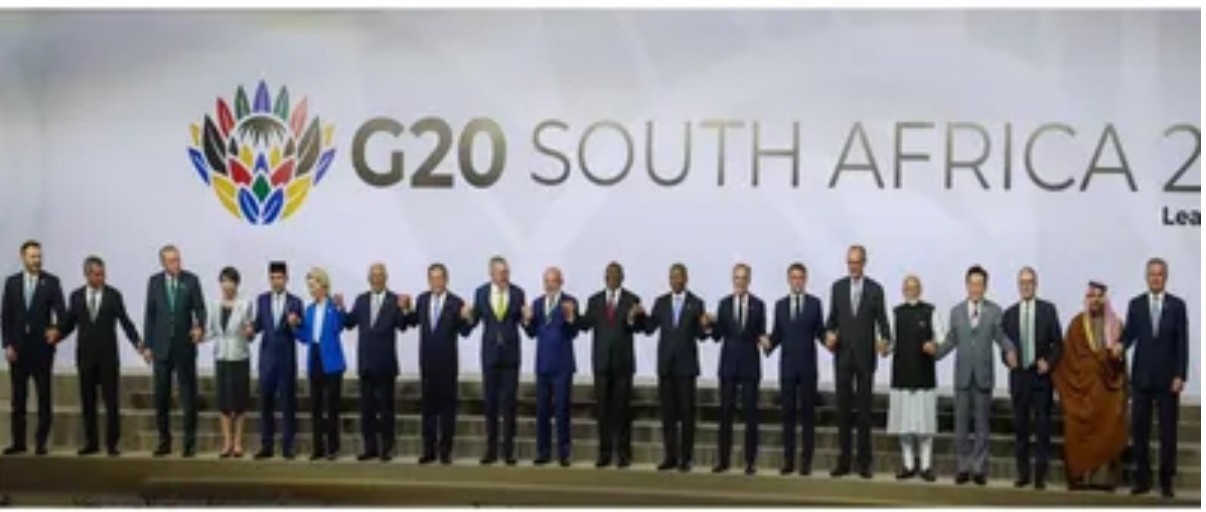 World
World
PM Modi underscores "shared commitment to global progress and prosperity" at G20 Leaders' Summit in Johannesburg
Popular article
 World
World
Bridges beyond borders: India’s supports Nepal’s growth, tourism, and cricket dream
 World
World
Russia 'Actively Preparing' For Putin's India Visit: Kremlin
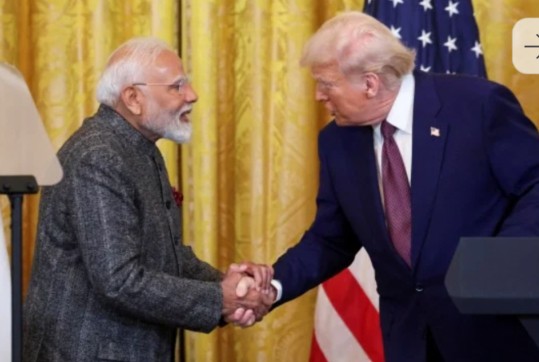 World
World
Are US-India ties set for a rebound after Trump’s trade talk optimism?
 World
World



